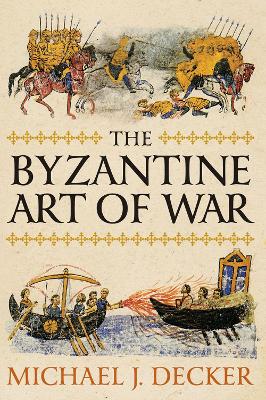Throughout its history the Byzantine empire faced a multitude of challenges from foreign invaders-the Hunnic hordes of Attila, the Arab armies of Islam, and the western Crusaders-all seeking to plunder its wealth and to occupy its lands. In order to survive the Byzantines relied on their army that was for centuries the only standing, professional force in Europe. Leadership provided another key to survival; Byzantine society produced a number of capable strategic thinkers and tacticians-and several brilliant ones, such as Belisarius. These officers maintained a level of professionalism and organization inherited and adapted from Roman models. The innovations of the Byzantine military reforms of the sixth century included the use of steppe nomad equipment and tactics, the most important of which was the refinement of the Roman mounted archer.The Arab conquests led to a sharp decline in the number and quality of imperial forces; therefore, by the eighth and ninth centuries, Byzantine commanders mastered the art of the small war, waging guerrilla campaigns, raids, and flying column attacks that injured the enemy but avoided the decisive confrontation the empire was no longer capable of winning.
This work further sketches the key campaigns, battles, and sieges that illustrate Byzantine military doctrine, vital changes from one era to another, the composition of forces and the major victories and defeats that defined the territory and material well-being of its citizens. Through a summary of their strategies, tactics, and innovations in the tools of war, The Byzantine Art of War closes with an analysis of the contributions of this remarkable empire to world military history.
- ISBN10 1594162719
- ISBN13 9781594162718
- Publish Date 1 September 2016 (first published 7 June 2013)
- Publish Status Active
- Publish Country US
- Imprint Westholme Publishing, U.S.
- Format Paperback
- Pages 267
- Language English
